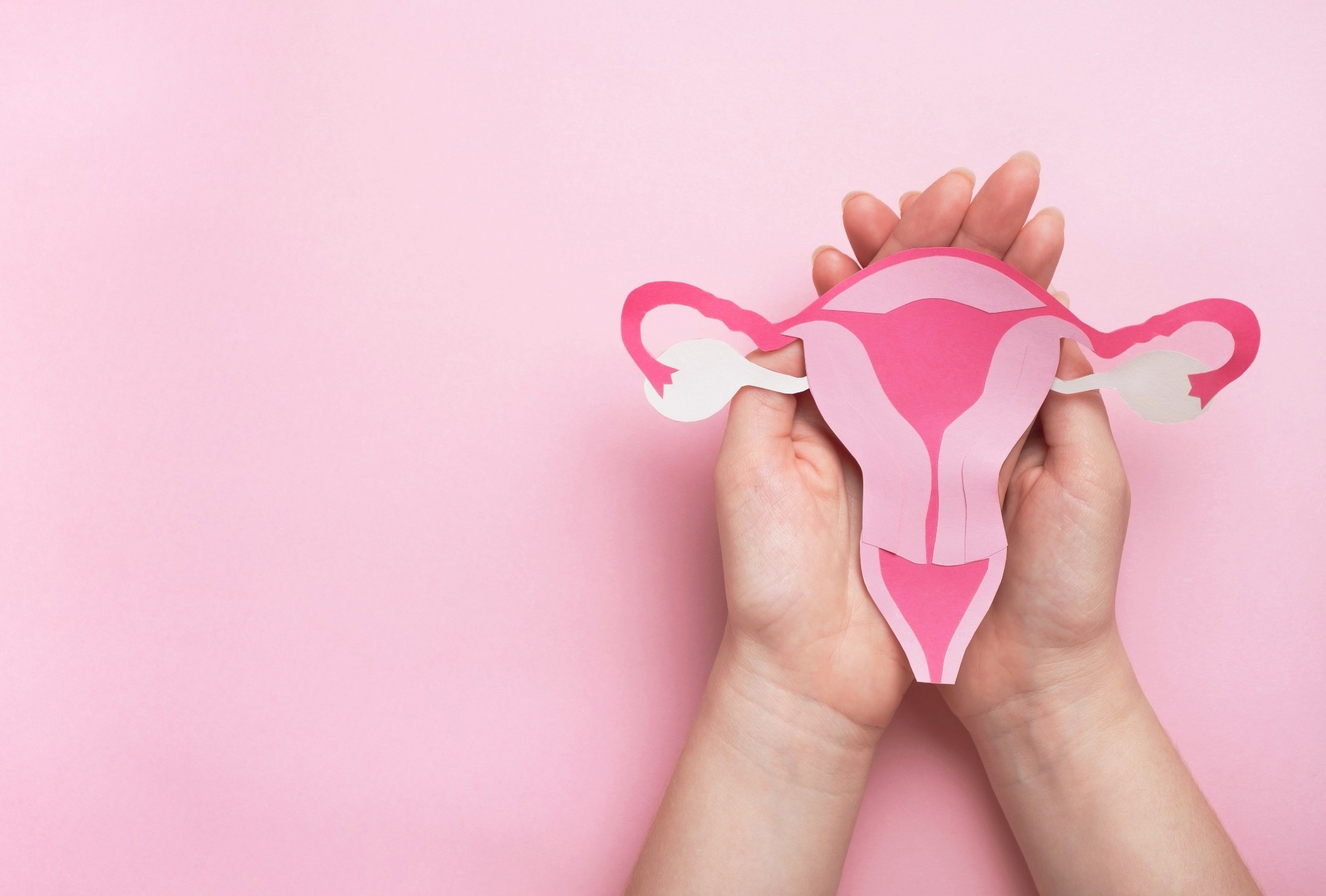Source/Disclosures
Disclosures:
Johnson is president and CEO of Daré Bioscience. Thurman reports being the medical director for Daré Bioscience. Please see the study for all other authors’ relevant financial disclosures.
Key takeaways:
- All adverse events reported were mild to moderate in severity.
- The maximum mean plasma tamoxifen concentrations with the capsule were still lower than concentrations observed with oral doses.
Treatment with a vaginal tamoxifen capsule in postmenopausal women with moderate to severe vulvovaginal atrophy was safe with minimal drug exposure, researchers reported in a phase 1/2 clinical study.
The vaginal tamoxifen capsule, DARE-VVA1 (Daré Bioscience), is a soft gelatin capsule containing tamoxifen to treat vulvovaginal atrophy without hormones in postmenopausal women.

“We are excited to have this peer-reviewed article published in the International Menopause Society’s journal, Climacteric, and share our findings with the broader women’s health community,” Andrea Thurman, MD, medical director for Daré Bioscience, said in a related press release. “The data from the study demonstrated safety and tolerability of our investigational product DARE-VVA1, as well as showed an improvement in vaginal cytology parameters and the bothersome vaginal symptoms commonly associated with vulvovaginal atrophy.”
In this randomized, placebo-controlled, double-blind, phase 1/2 study of DARE-VVA1, Thurman and colleagues enrolled 17 postmenopausal women with moderate to severe vulvovaginal atrophy who were randomly assigned to DARE-VVA1 at 1 mg (n = 3), 5 mg (n = 4), 10 mg (n = 3) and 20 mg (n = 3). Of these, 14 women completed the 8-week treatment. DARE-VVA1 was self-administered once a day for the first 2 weeks and then twice weekly for the remaining 6 weeks.
Researchers observed no severe adverse events and no treatment-emergent adverse events that led to discontinuation with DARE-VVA1. At least one treatment-emergent adverse event was reported by 88.2% of participants who received at least one DARE-VVA1 dose. The highest number of treatment-emergent adverse events that were reported occurred in the DARE-VVA1 20 mg group with 20 reports compared with 15 reports in the placebo group.
All adverse events were mild to moderate in severity and were distributed similarly among DARE-VVA1 dosing and placebo groups.
Women who received DARE-VVA1 20 mg also exhibited the highest plasma tamoxifen concentrations. However, the maximum mean concentration observed on day 1 (2.66 ng/mL) and day 56 (5.69 ng/mL) in this group were both less than 14% of concentrations measured after one oral tamoxifen dose.
Women who received any dose of DARE-VVA1 demonstrated significant decreases in vaginal pH and the proportion of vaginal parabasal cells from baseline (P = .04 for both). Women who received DARE-VVA1 10 mg or 20 mg experienced the largest treatment impact for median vaginal pH (–0.3 and –0.7, respectively) and the proportion of vaginal parabasal cells (–69% and –94%, respectively).
In addition, researchers noted a significant decrease in the severity of vaginal dryness and dyspareunia from baseline among women who received any DARE-VVA1 dose (P = .02 for both).
“The current lineup of estrogen-based therapies, commonly used to treat vulvovaginal atrophy in non-cancer patients, can be challenging for both hormone receptor-positive breast cancer patients and their providers as the use of estrogen products, in any form, is often contraindicated for the hormone receptor positive breast cancer patient population,” Sabrina Martucci Johnson, president and CEO of Daré Bioscience, said in the release. “If we are successful, vaginally administered, hormone-free DARE-VVA1 will offer patients and providers an important new treatment option to address one of the most common vaginal side effects associated with breast cancer therapy.”







